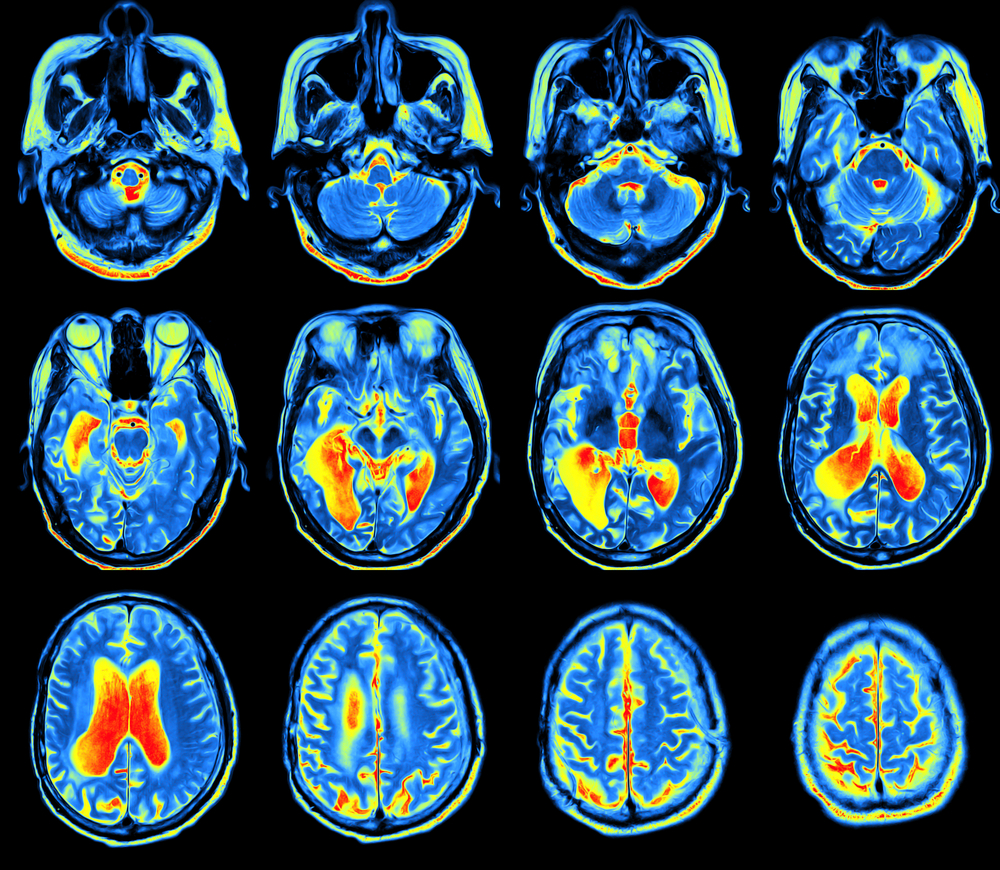Imaging Tracer with Potential to Bolster Clinical Trials of Parkinson’s and Its Treatments Favored by EMA

The European Medicines Agency (EMA) endorsed an imaging test that can help in identifying Parkinson’ patients with early stage disease but likely to progress quickly — people who might be best suited to taking part in clinical trials.
Development of this clinical assessment tool — which targets disease biomarkers — came through collaborative work involving Critical Path for Parkinson’s (CPP) Consortium, a part of the Critical Path Institute (C-Path), the non-profit group Parkinson’s UK, and several pharmaceutical companies.
“This endorsement from the European Medicines Agency represents many years of hard work and incredible collaboration among companies, universities, and charities facilitated by the Critical Path Institute,” Diane Stephenson, executive director of CPP, who led the effort, said in a press release.
“Through our global project, we’ve been able to bring all the data and expertise together to make a powerful case, so we’re delighted that this endorsement from the EMA will improve the quality and chances of success for future trials of Parkinson’s treatments,” Stephenson added.
The method requires the intravenous injection of a radioactive tracer called 123I-ioflupane, or 123I-FP-CIT, which can be detected by single-photon emission computed tomography (SPECT) imaging. The tracer binds very specifically to dopamine transporter sites on the neurons that are lost to Parkinson’s disease, allowing scientists to detect alterations in dopamine transport — a hallmark event in the disease’s development.
Working as a kind of enrichment biomarker for early stages of Parkinson’s disease, the radioactive tracer helps to differentially diagnose between essential tremor and other parkinsonian disorders, such as progressive supranuclear palsy or multiple system atrophy, and Parkinson’s “subjects with high likelihood of progressing in clinical motor disability.”
The tracer has been available in the European Union since 2000 with the brand name DaTSCANTM, and in the United States since 2011 as DaTscan. In 2015, the U.S. Food and Drug Administration issued a letter of support for the use of this imaging biomarker as a “prognostic biomarker for enrichment in trials for Parkinson’s disease.”
The Parkinson’s Disease News Today forums are a place to connect with other patients, share tips and talk about the latest research. Sign up today!
“These brain scans in themselves are not new, but until now there has not been a clear consensus that they can and should be used to select participants for clinical trials,” Stephenson said.
“The use of these brain scans is already being included in new clinical trials at Biogen,” said Michael Ehlers, MD, PhD, executive vice president of research and development at Biogen. “We believe that this new approach will introduce greater efficiency in terms of cost and speed, while ensuring that the right patients are being included in our trials.”
Due to the progressive nature of Parkinson’s, the best approach to slow, stop, or reverse the disease would be by intervening as early as possible. But disease manifestations can be subtle in its early stages, complicating trial recruitment.
Previous reports suggest that up to 15 percent of patients taking part in trials of new Parkinson’s therapies may not be the best candidates to measure potential efficacy, because of scant change in their motor symptoms during the time-limited course of such studies. In its early stages, disease progression can be difficult to predict.
“Being able to rule out individuals who are unlikely to have Parkinson’s could be the difference between a successful trial and failure,” said David Dexter, PhD, a professor at Imperial College London and deputy research director of Parkinson’s UK. “This is a vital step forward in our mission to deliver, as quickly as possible, better treatments, and one day a cure, to people living with Parkinson’s.”






